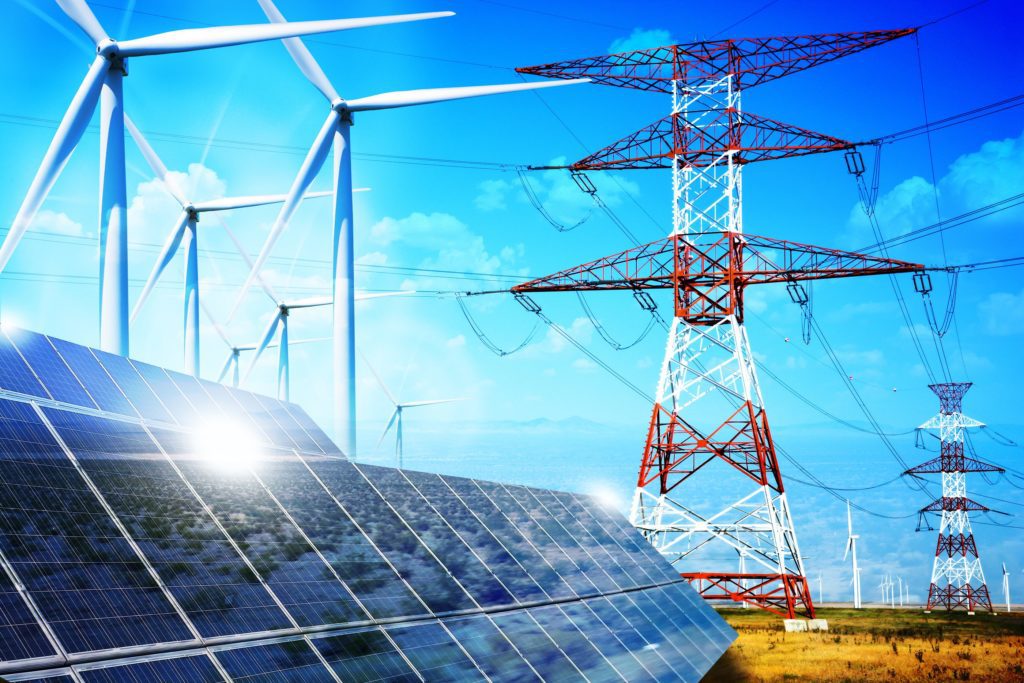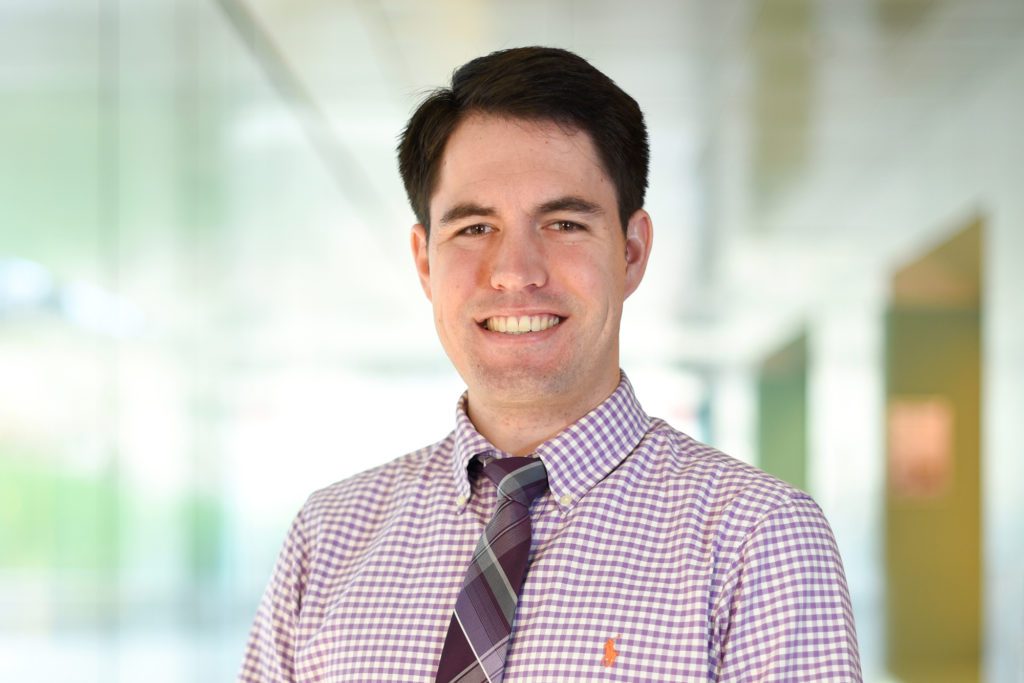The sensors will provide real-time data for smart decision-making by allowing the natural environment and the built environment to communicate seamlessly.


The sensors will provide real-time data for smart decision-making by allowing the natural environment and the built environment to communicate seamlessly.

The Global Hydrogen Production Technologies (HyPT) Center seeks to create a viable pathway to decarbonize energy-intensive industries such as ammonia, steel, cement, aluminum, transportation, and more.

Led by Prof. Johanna Mathieu, the project utilizes strategic control of air conditioners to improve the overall efficiency and reliability of the power grid.

Roberts creates methods to better estimate the radar backscatter from corn fields, which could improve the accuracy of global biomass and soil moisture maps derived from radar observations.
‘In undergrad, you sometimes feel like you’re just passing classes. But what we’re doing here is science.’
The post Semiconductor workforce program increases access to hands-on training appeared first on Michigan Engineering News.

Prof. Eid is looking to design the future of smart cities and infrastructures using ultra-low power wireless sensing and communications technologies.

Prof. Eid is looking to design the future of smart cities and infrastructures using ultra-low power wireless sensing and communications technologies.

Sarabandi is recognized for his outstanding contributions to the theory and application of electromagnetics.

Look at some of the ways ECE and other University of Michigan researchers are using computer vision for real-world applications.

A new fabrication process greatly improves the reliability of highly-efficient semi-transparent solar cells, which can be applied to windows to generate solar power.